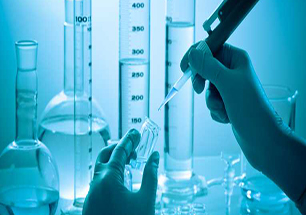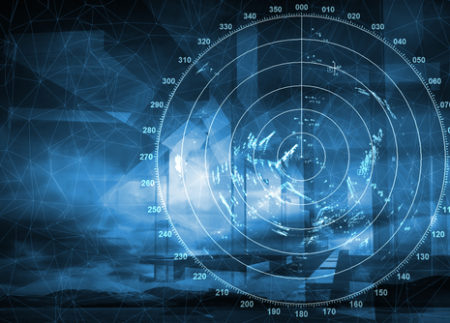The JIP aims to better understand the characteristics of different sources of sound. This is an essential first step for understanding how sound propagates in the ocean and therefore potentially impacts marine life.
Even before any exploration and production activity is introduced, the undersea environment is complex and already filled with a wide variety of sounds, both natural and man-made. Sound travels in different ways in this environment and is affected by a variety of factors such as the temperature and salinity of the water, and the depth of the ocean, to name just a few. All these factors interact in complex ways and determine what marine animals might actually hear.
One particular focus of this study is the measurement of the sound characteristics of airguns which are the most commonly used seismic source by the industry.
PROJECTS
-
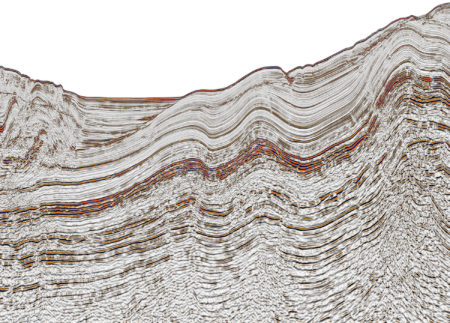
3-D Sound Source Characterisation
Regulatory authorities from around the world have highlighted a need for better scientific data on the acoustic characteristics of seismic sources (especially air guns). There has been speculation that high frequency (>10kHz) sound is emitted by seismic arrays, and that this sound could travel long distances potentially impacting a large number of marine animals.
-
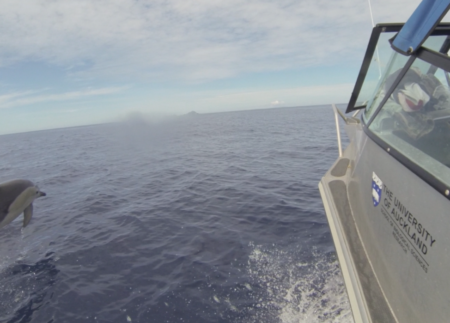
Single Gun/GunCluster Measurements And Source Modelling
Seismic air gun source modeling packages are predominantly focused on frequencies below 1000 Hz. The project goal was to conduct measurements of airguns and typical airgun cluster signatures up to 50 kHz for further development of the theoretical model of the seismic source, particularly at higher frequencies.
-
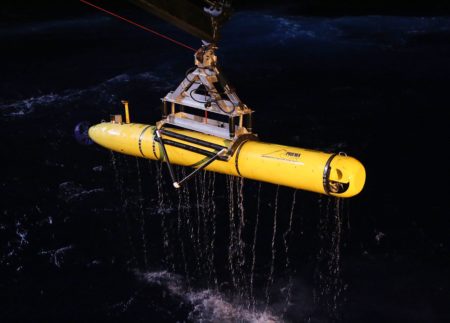
Review Of Existing Data On Underwater Sounds By The E&P Industry
Sound produced during the exploration, development, production and decommissioning phases of offshore E&P activities contribute to the soundlevels in the oceans, estuaries, and rivers of the world. To manage the perceived risk associated with industry sound, the characteristics of sounds generated by industry must be understood.
-
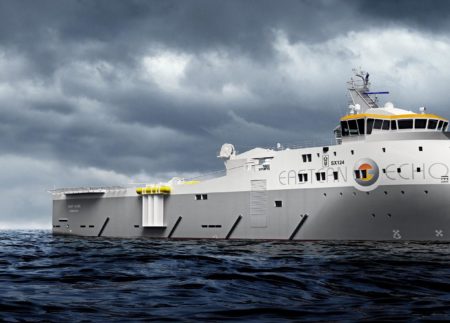
Sound Attenuation (Noise Control) – Initial Workshop And Review
Managing the risks of industry sound includes understanding what technologies are available for reducing such sounds, thereby reducing sound exposure of marine animals. A project to systematically compile, assess, and summarize information on existing technologies that can reduce the propagation of underwater industry sounds is the first step in this process.
-
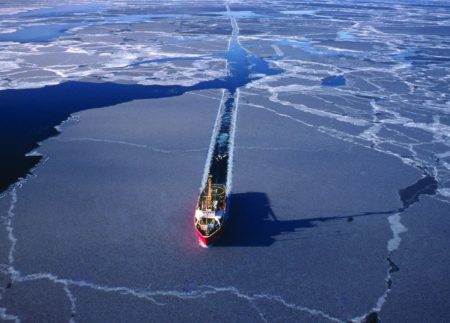
Developing New Standards For Measuring The Output Of Industry Sources Through Expert Workshops And Review
A consistent method for acquiring and analysing seismic and non-seismic acoustic data would improve the assessment of E&P industry sounds, and comparisons against other human sources. A necessary first step in this process is to define standard methodologies for acquiring new E&P acoustic data and analysing the resultant data.
-
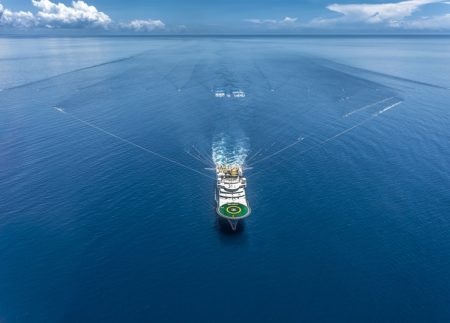
Environmental Assessment Of Marine Vibroseis
This EA attempted to answer questions about the relative risks of using Marine Vibroseis or traditional airguns in some future E&P operations.
